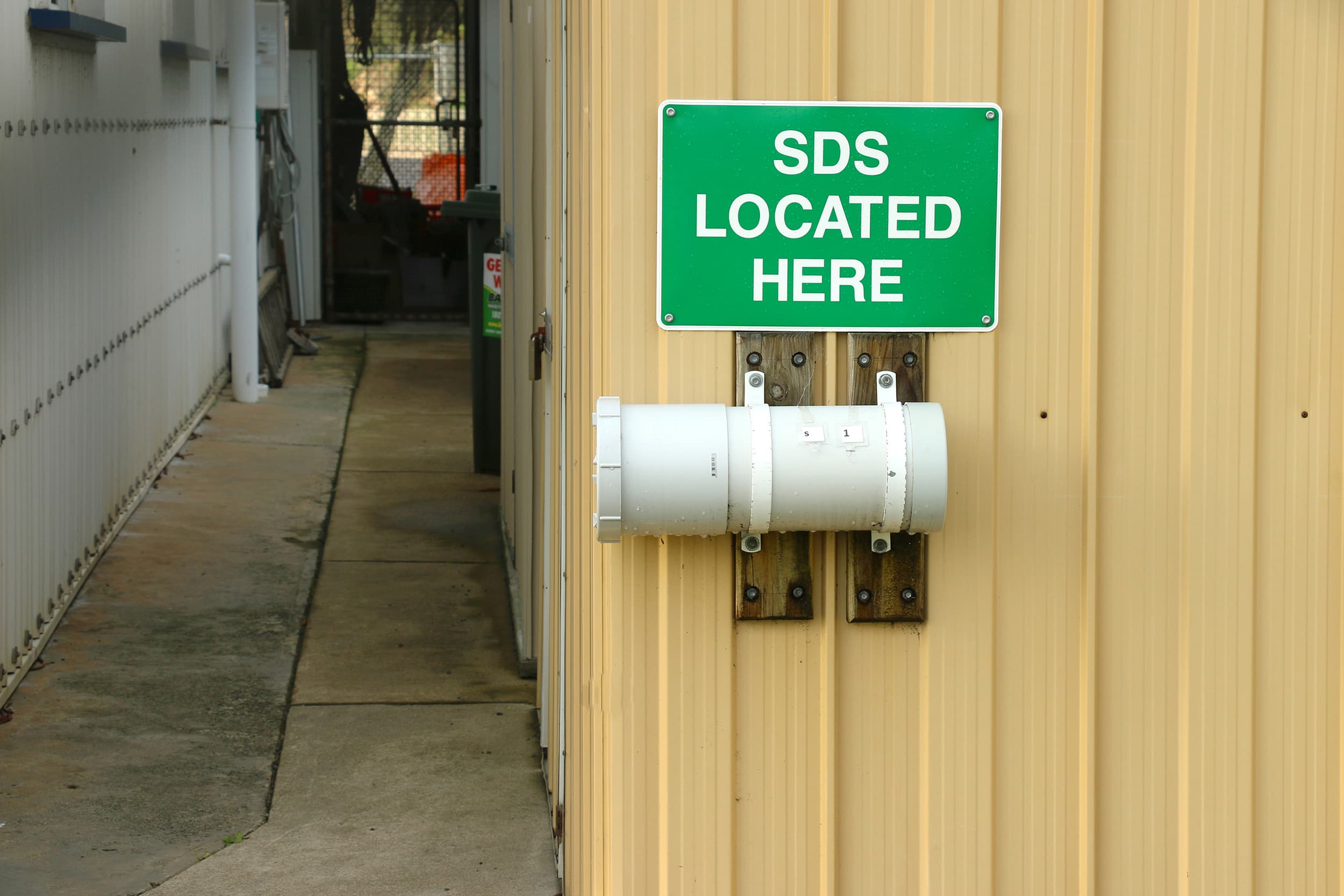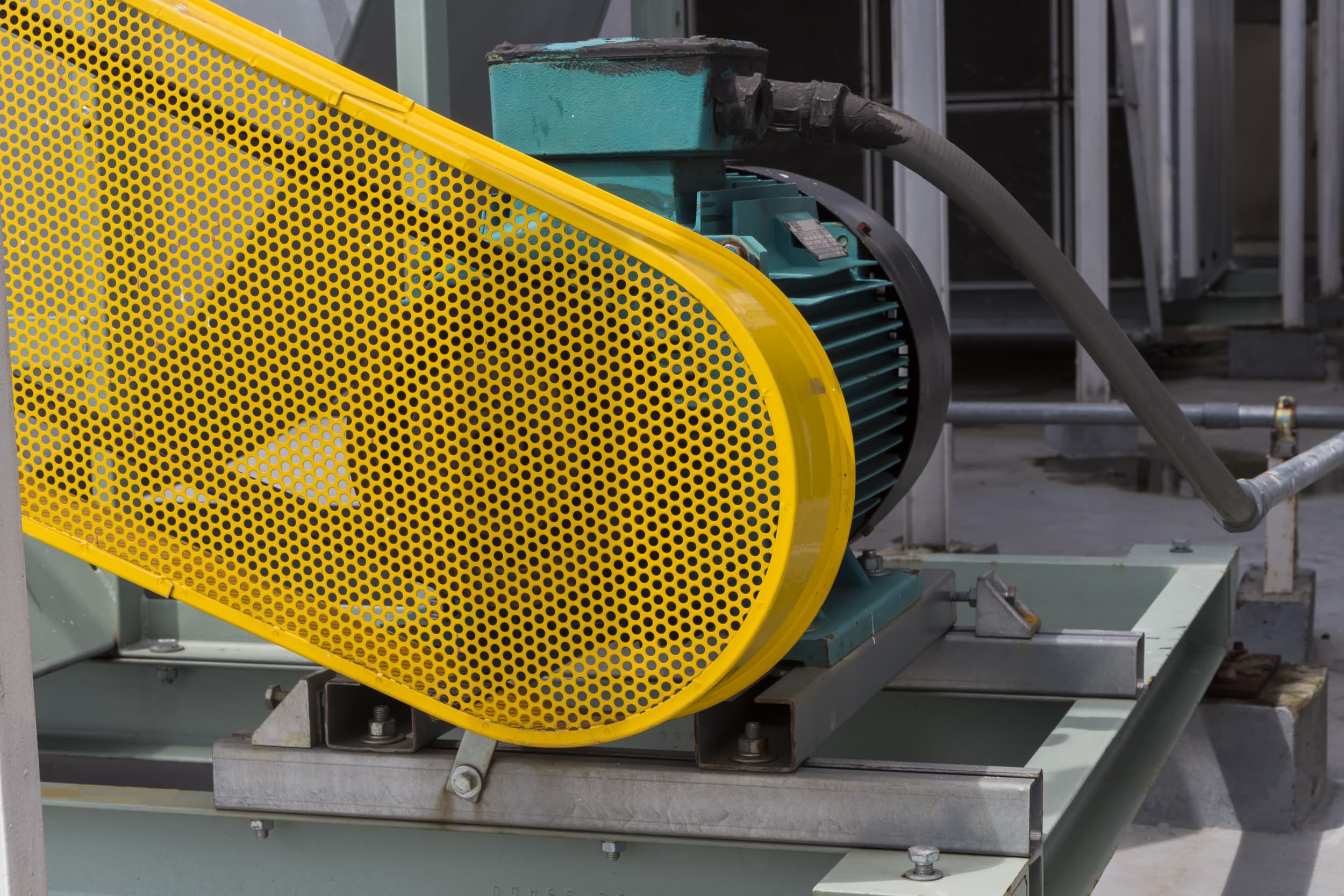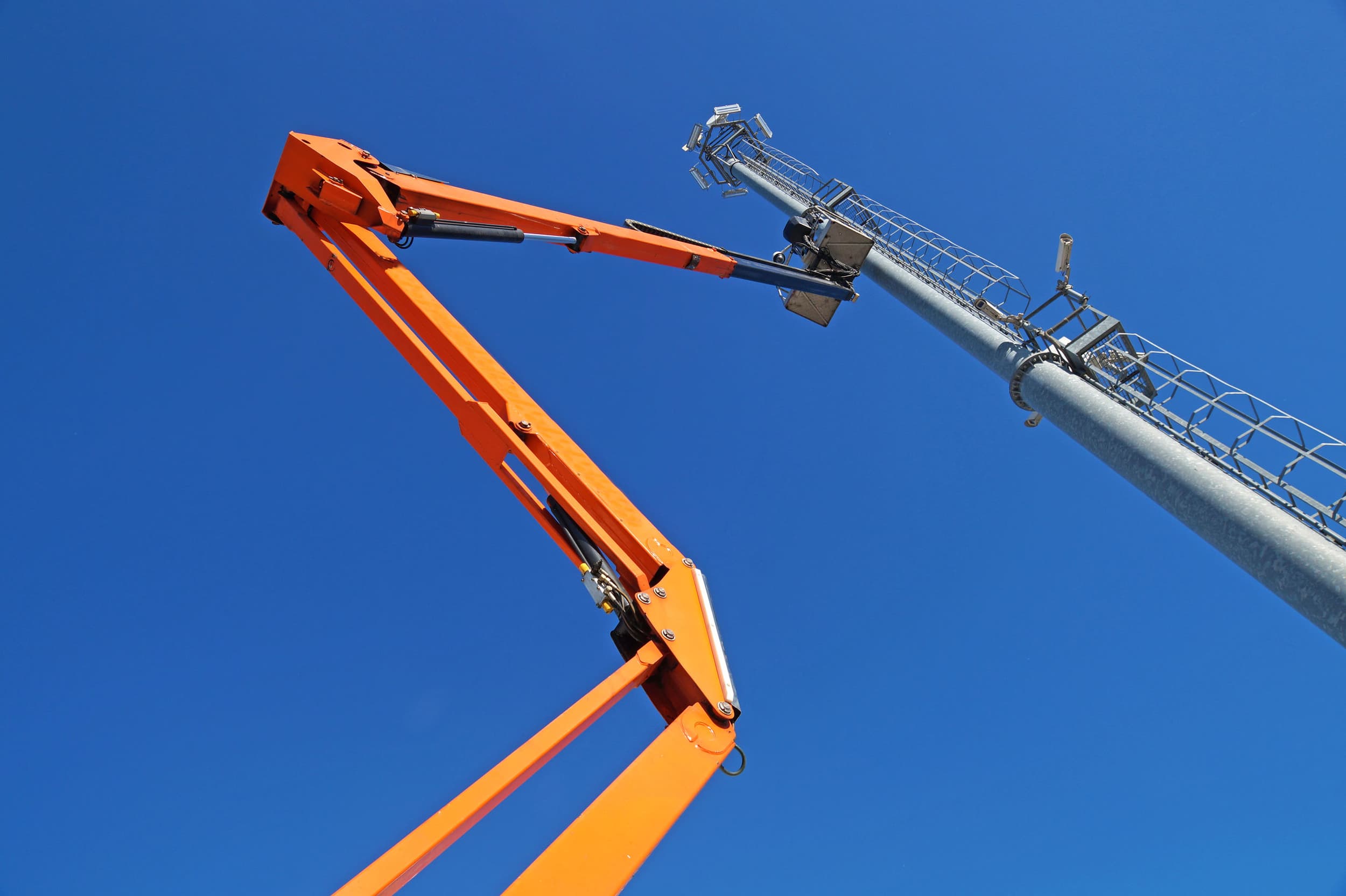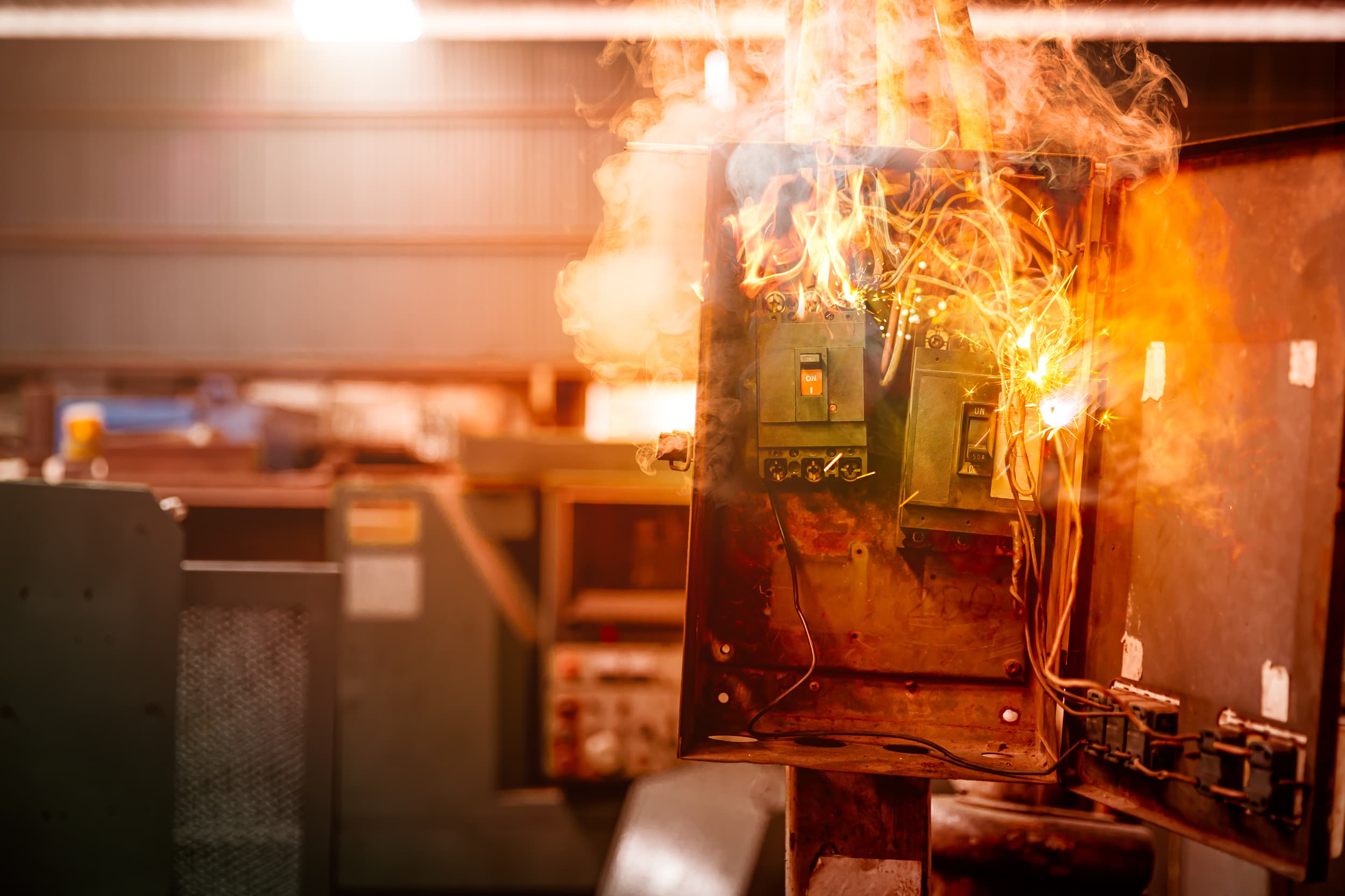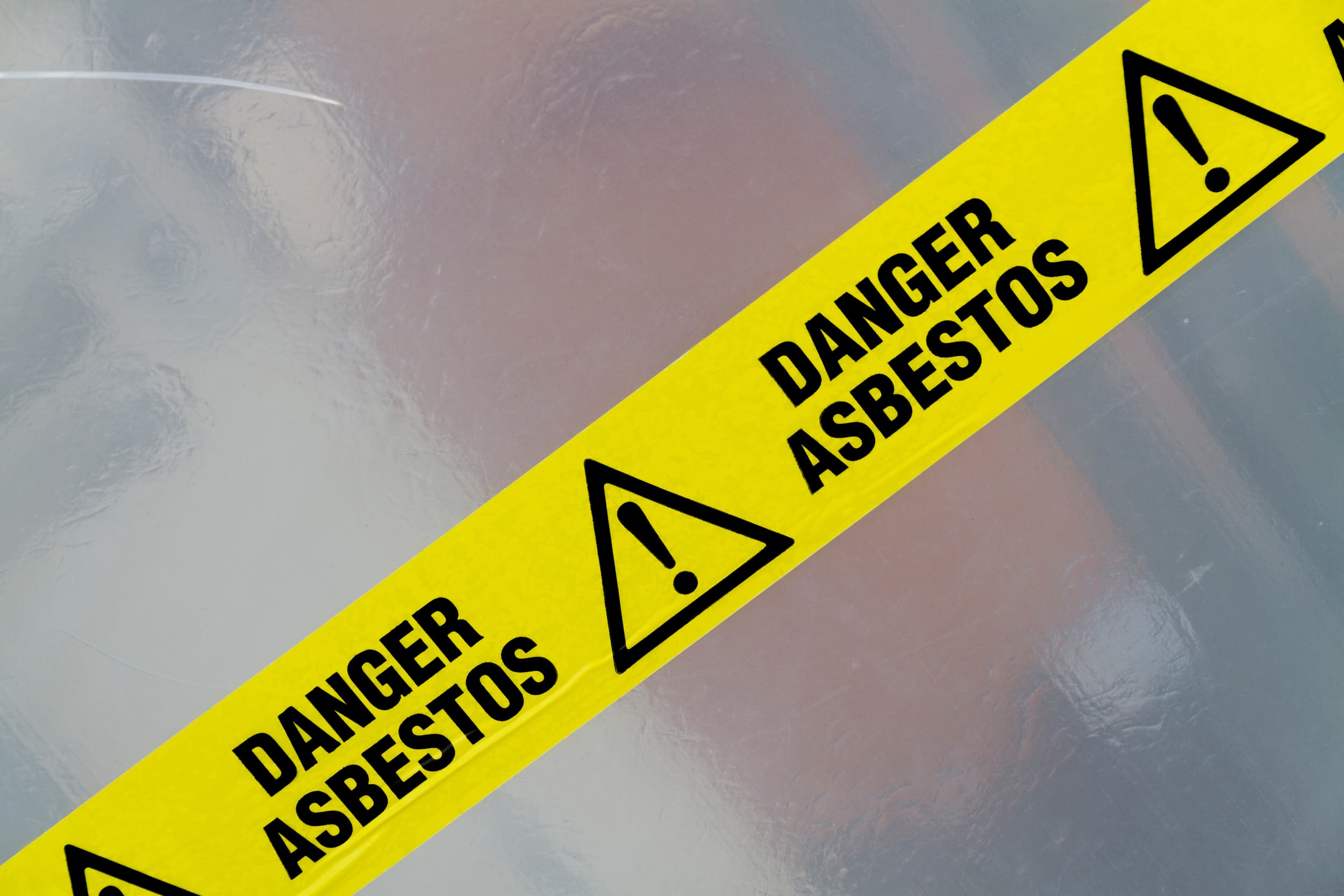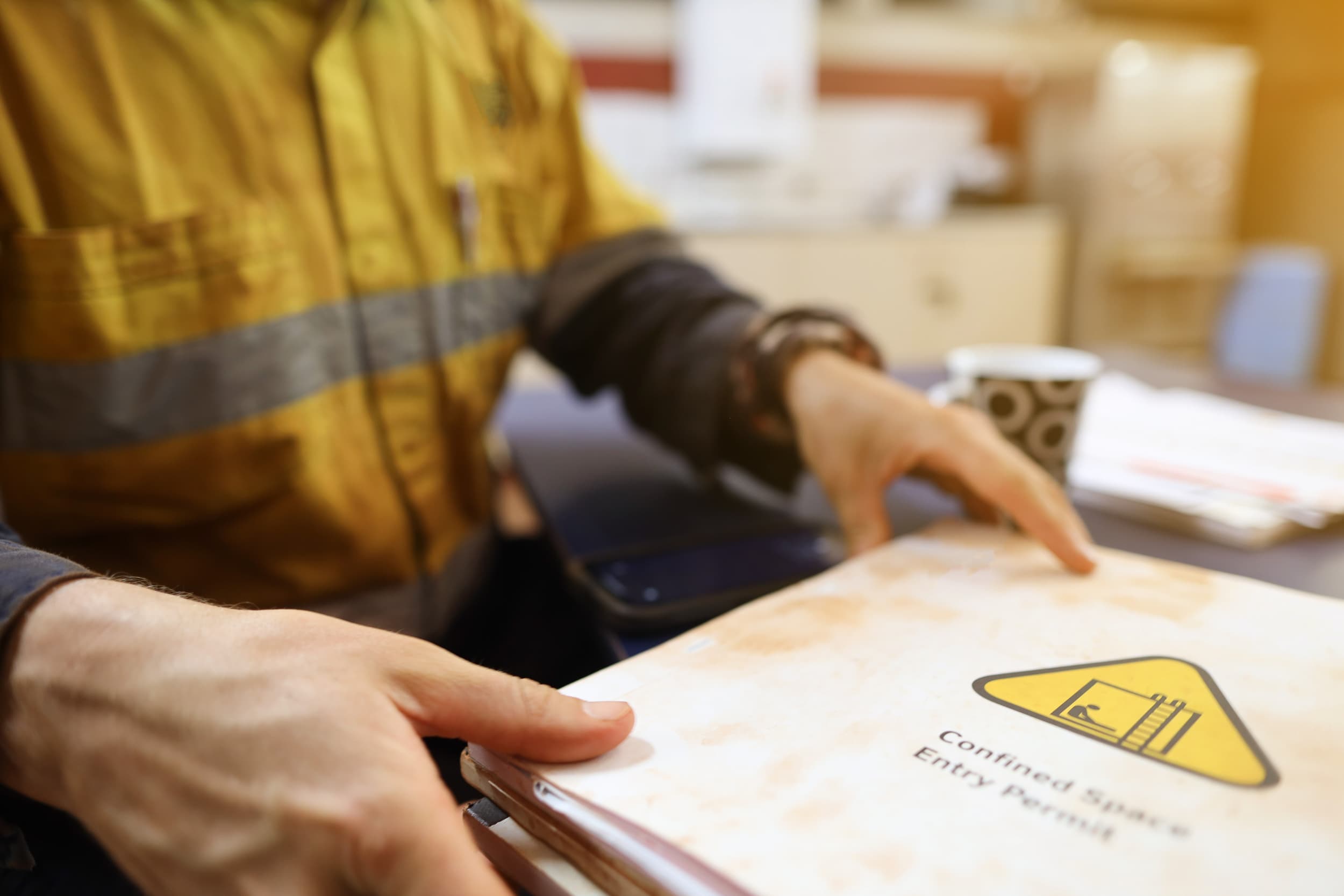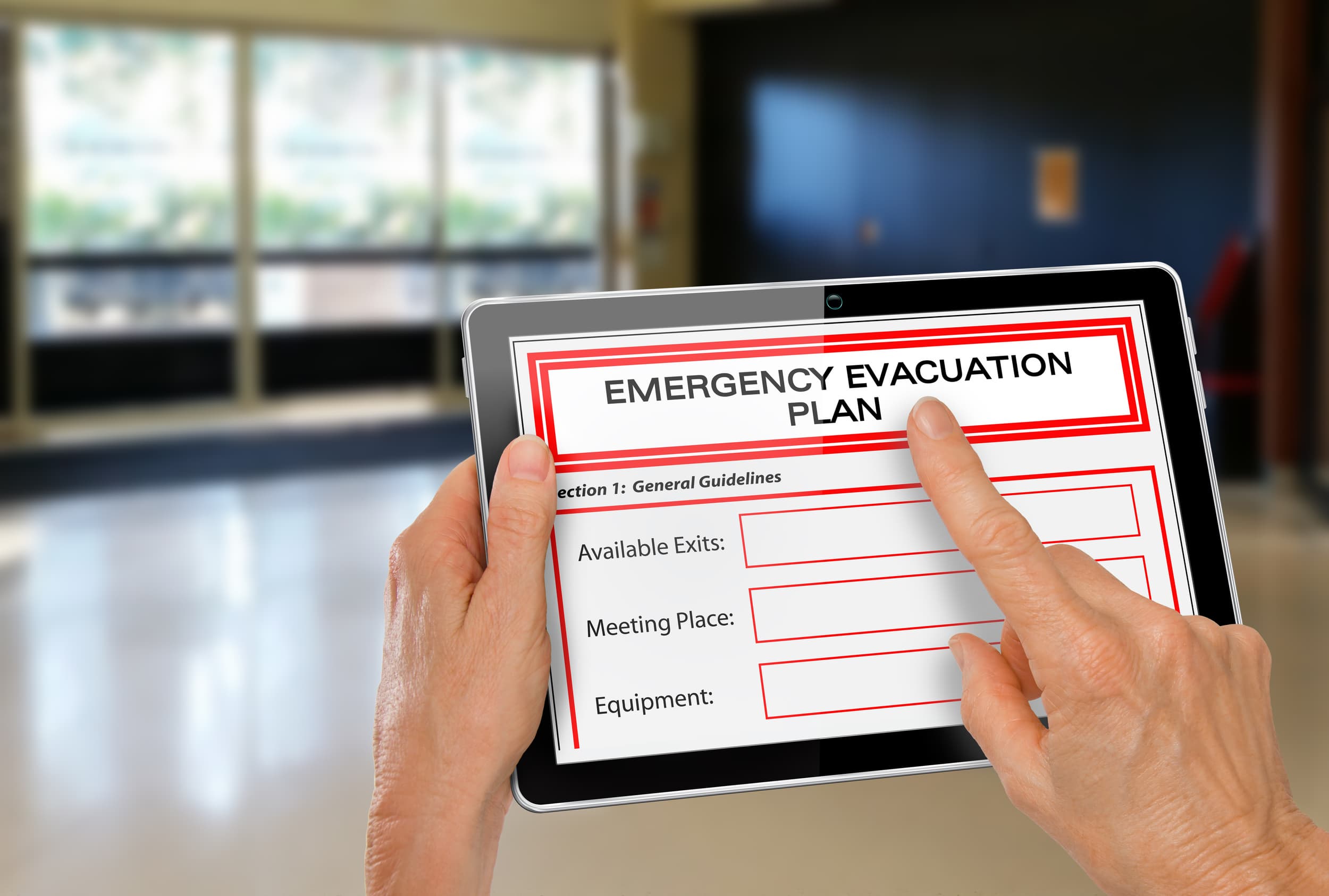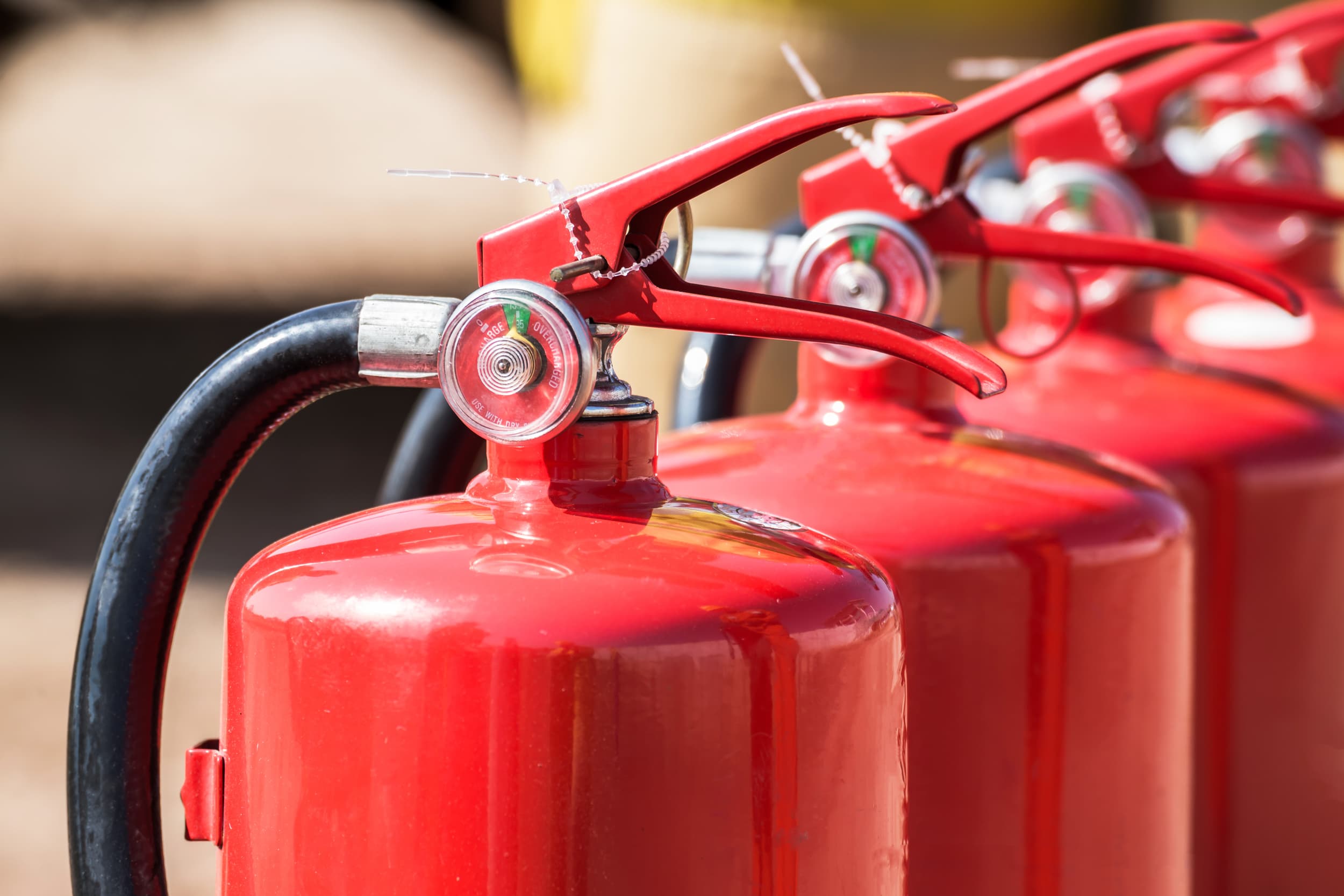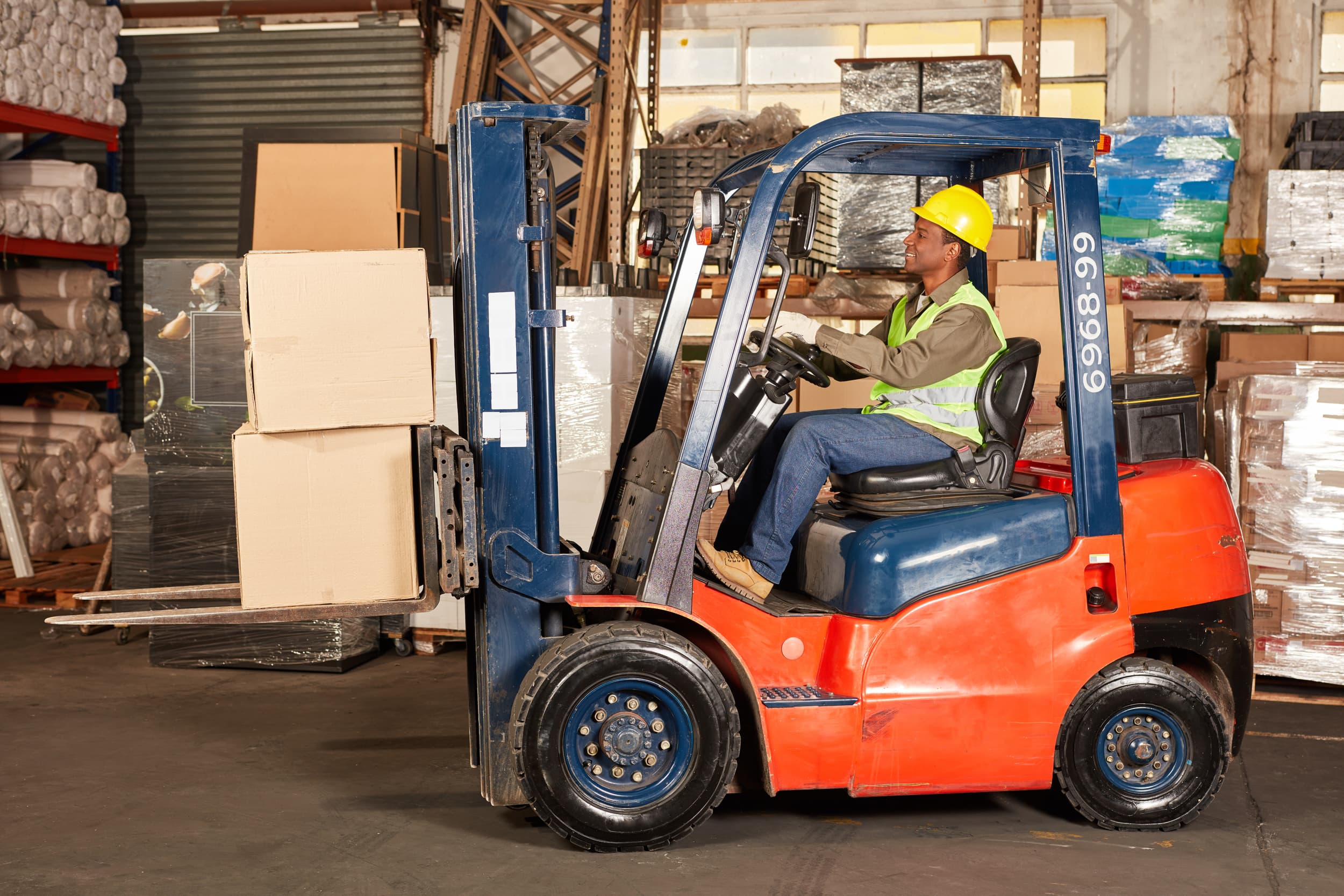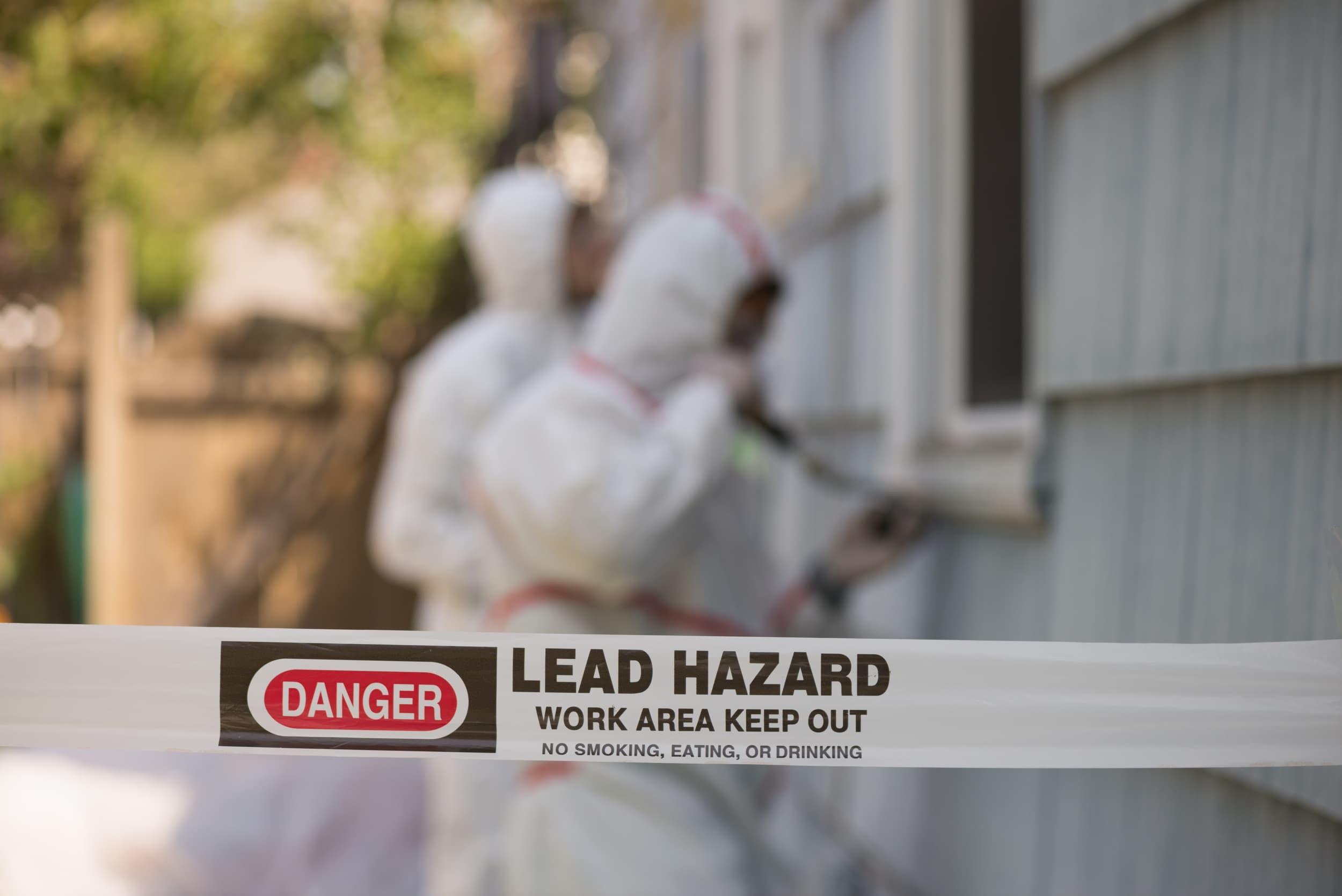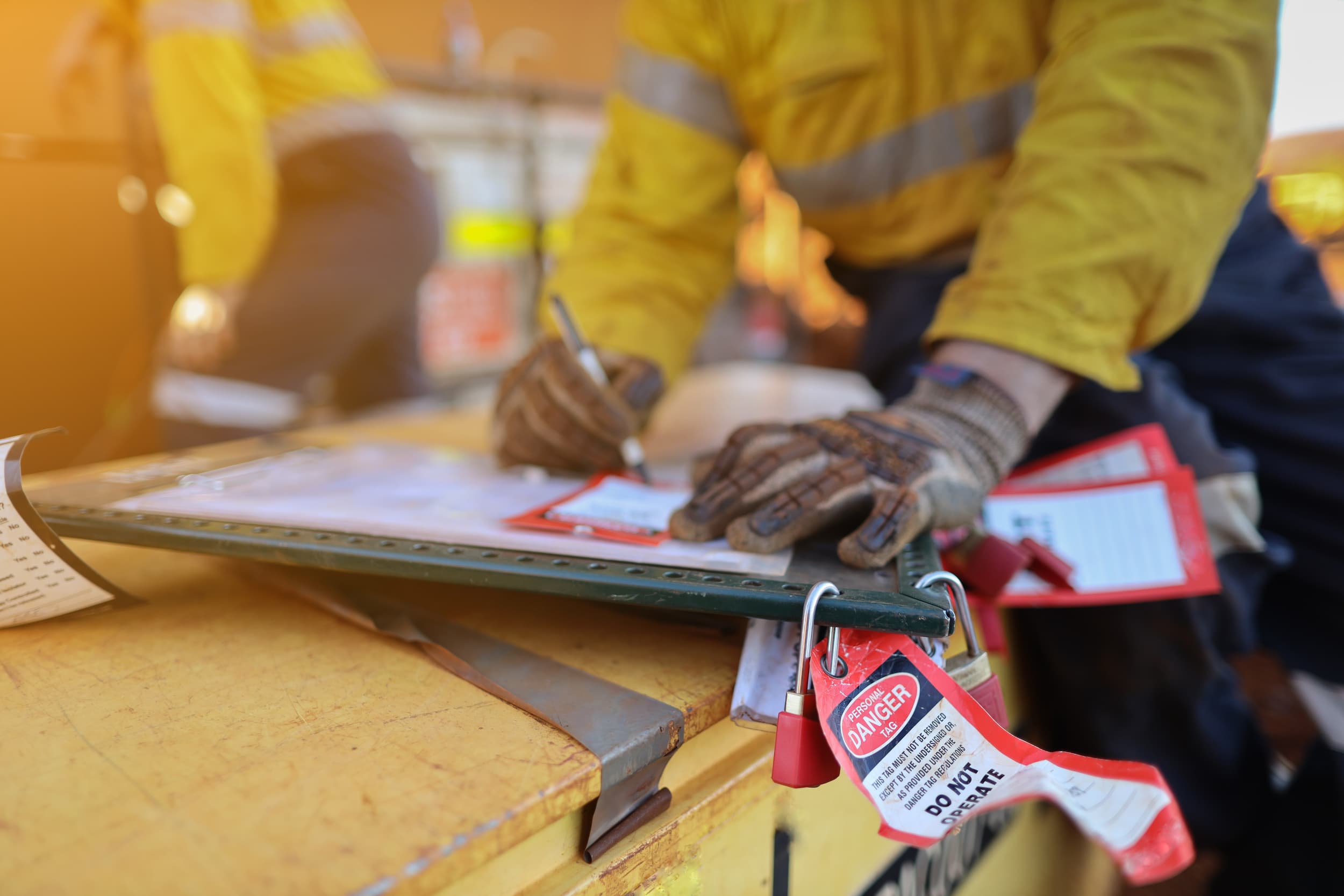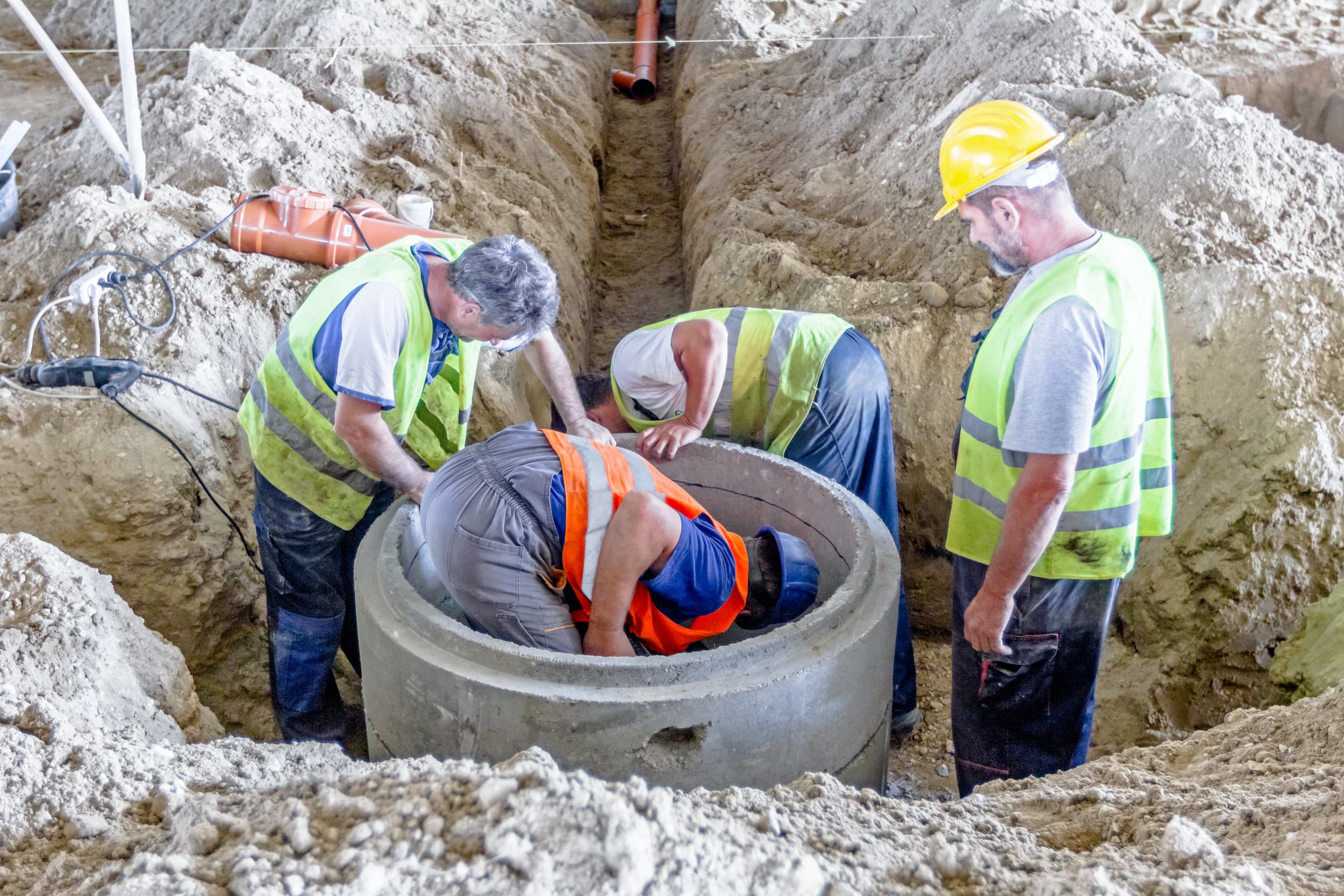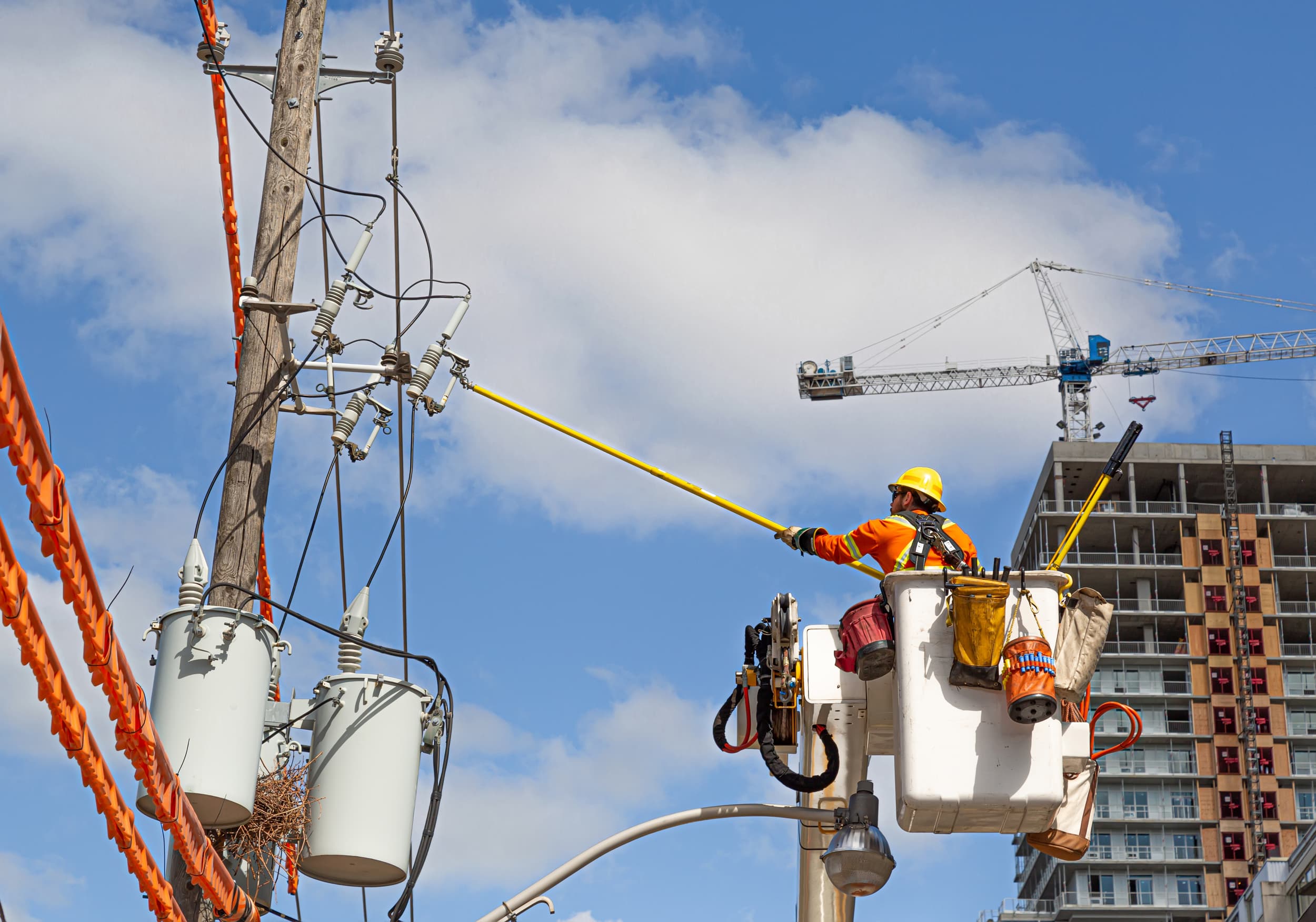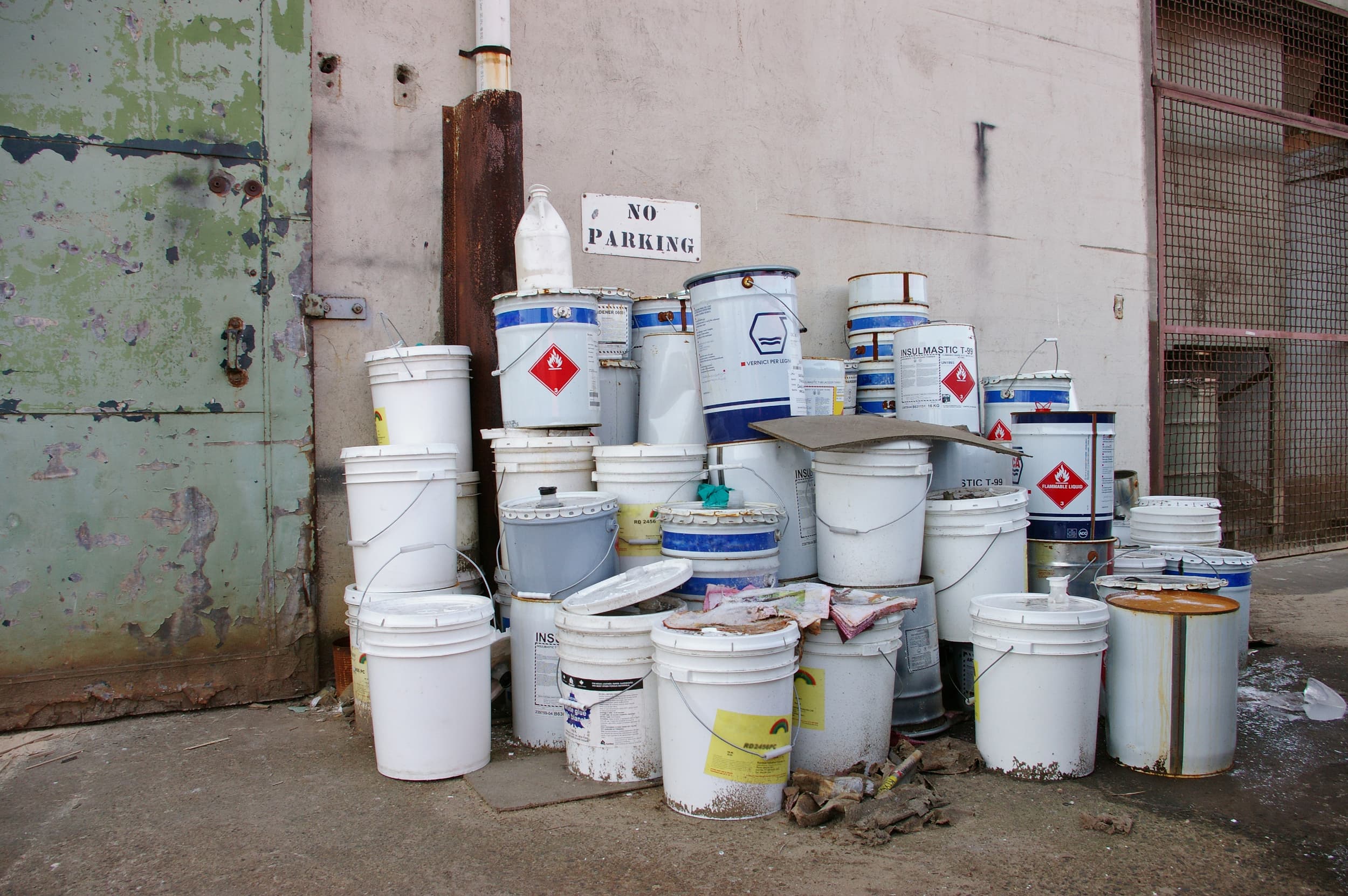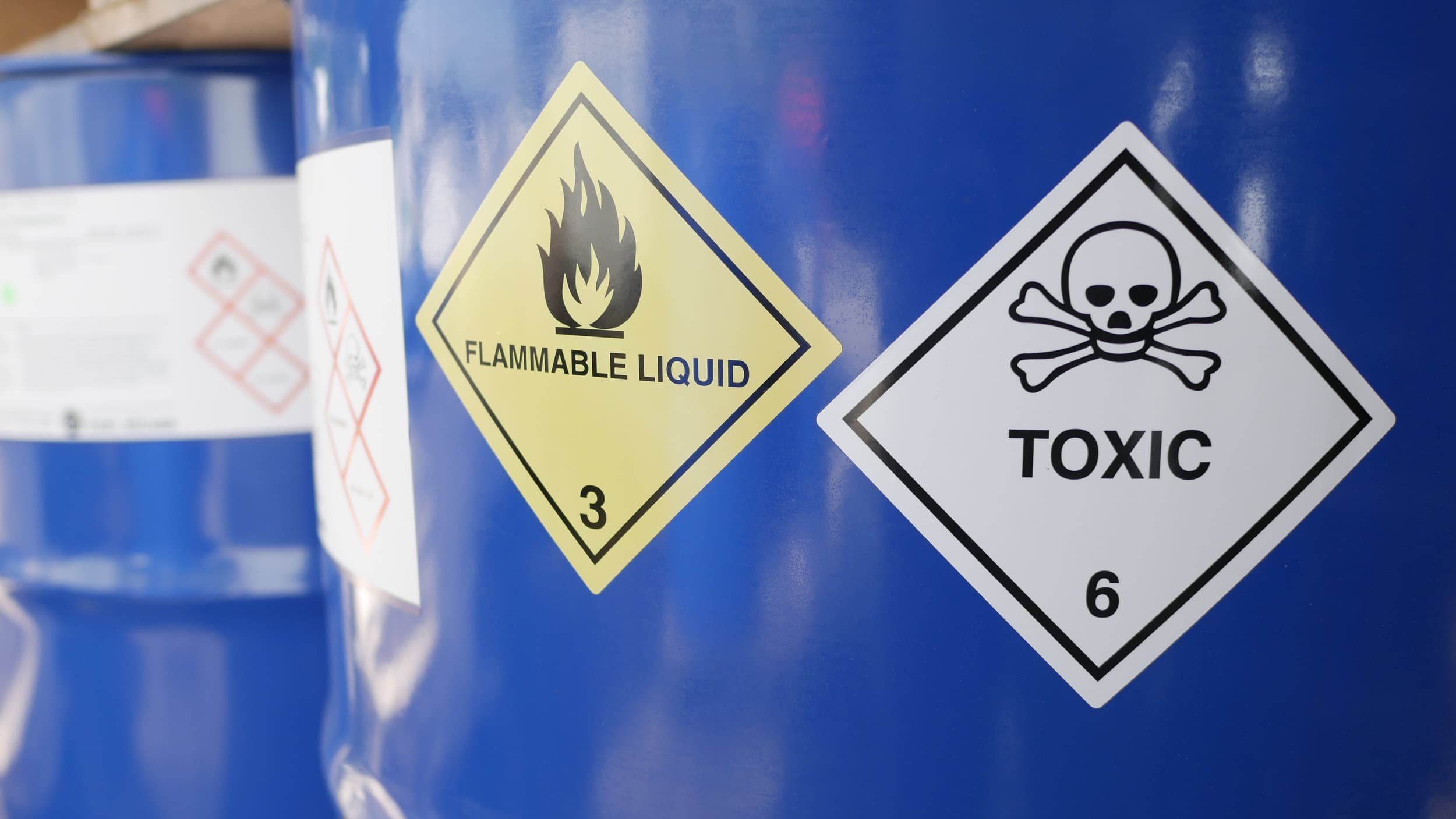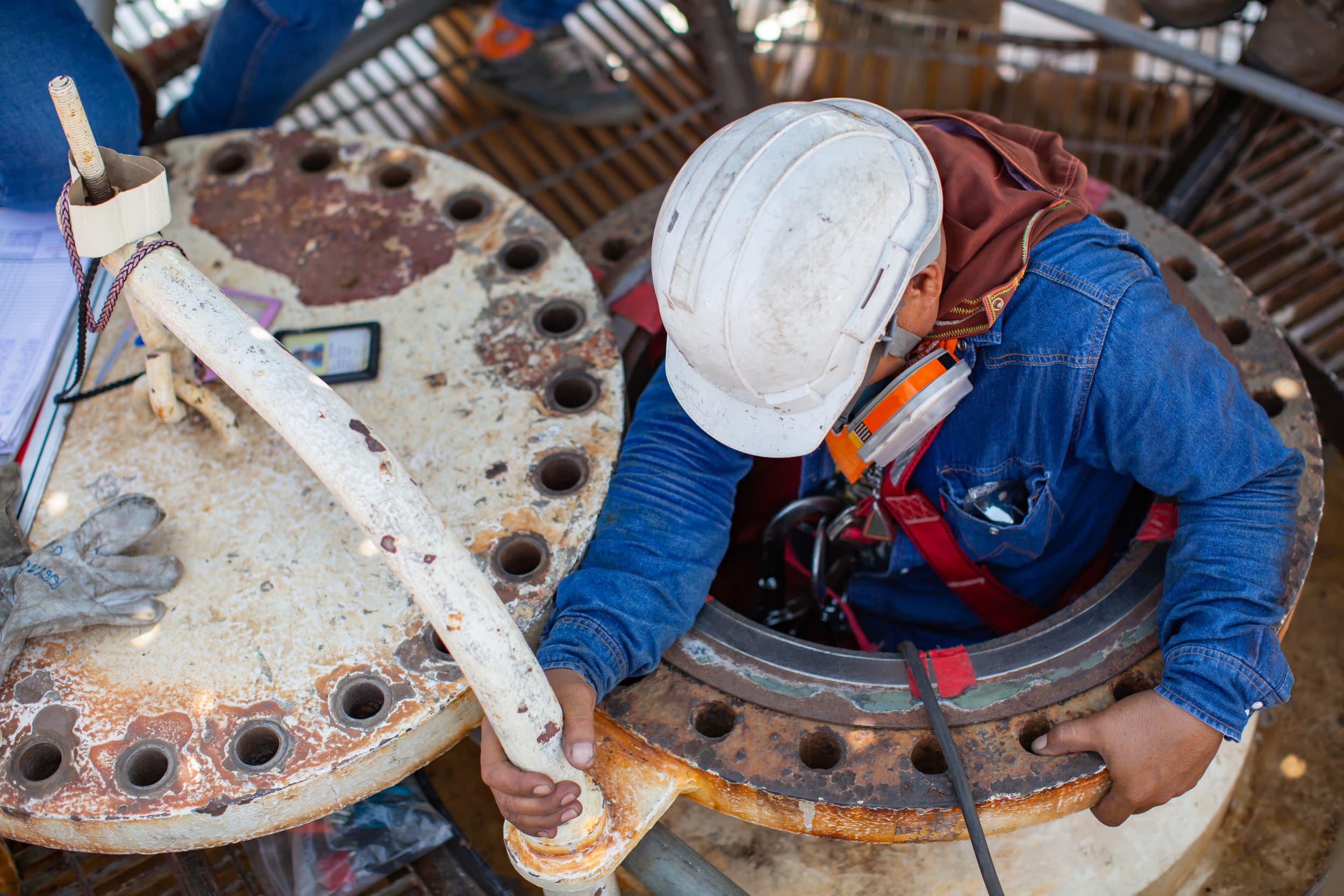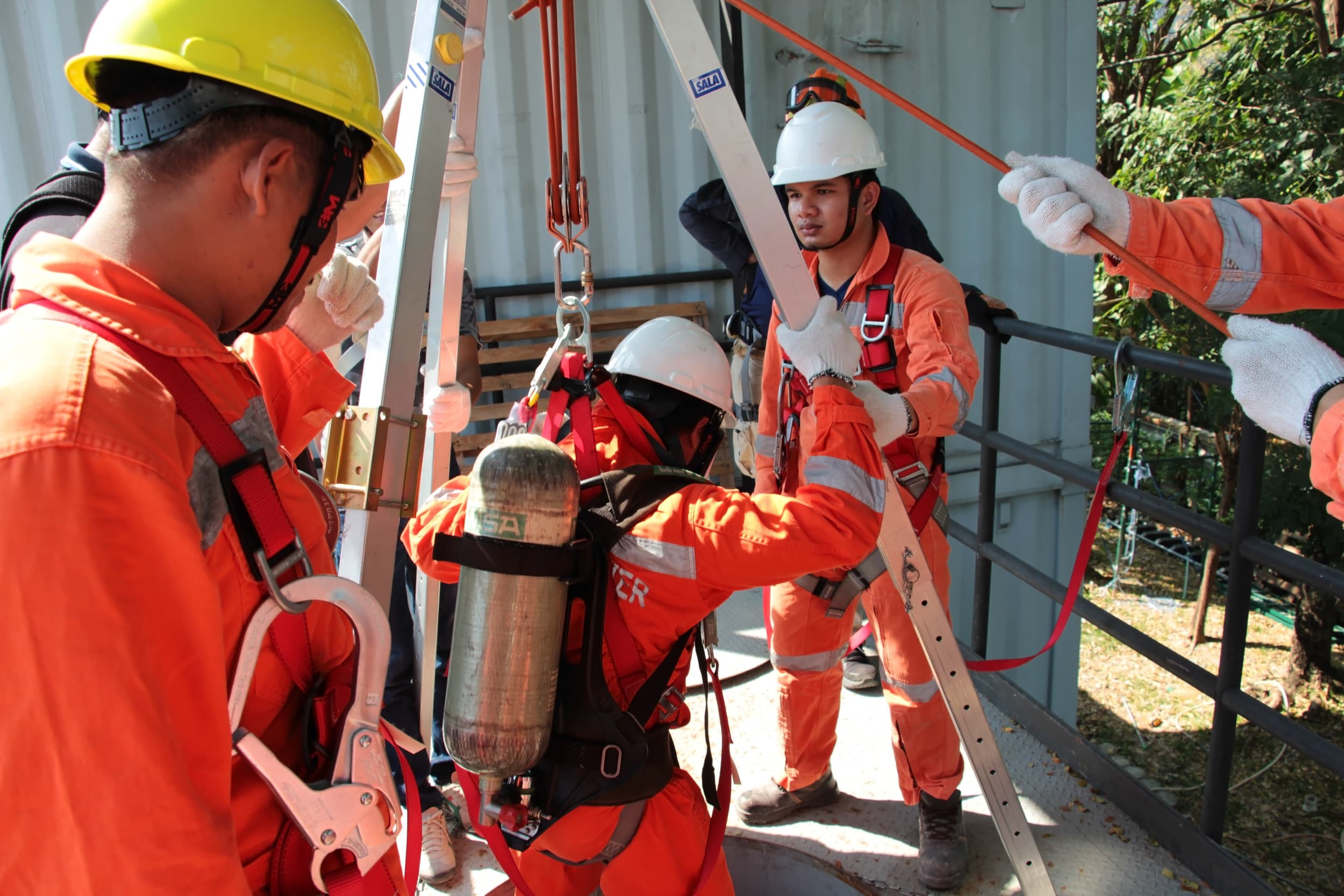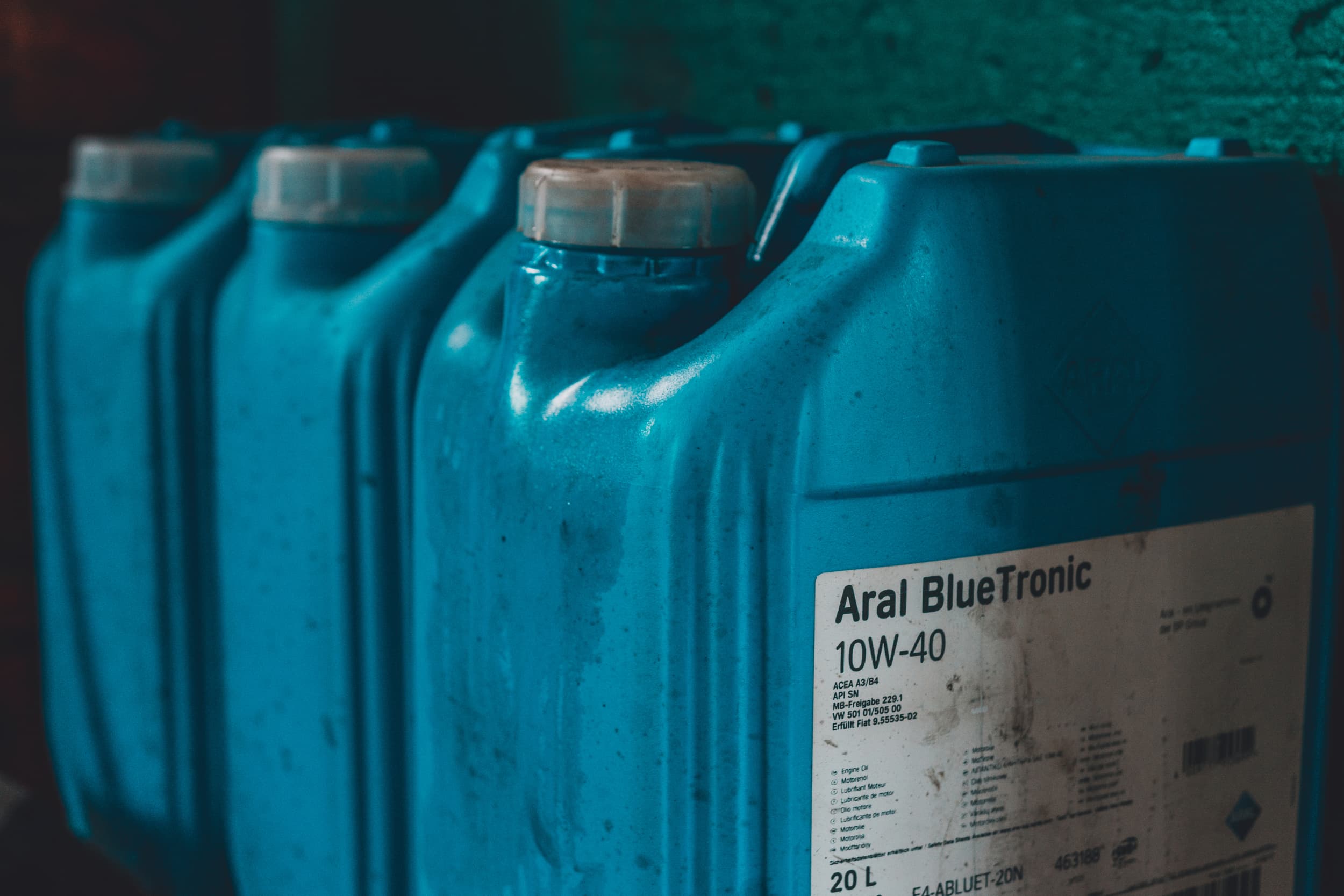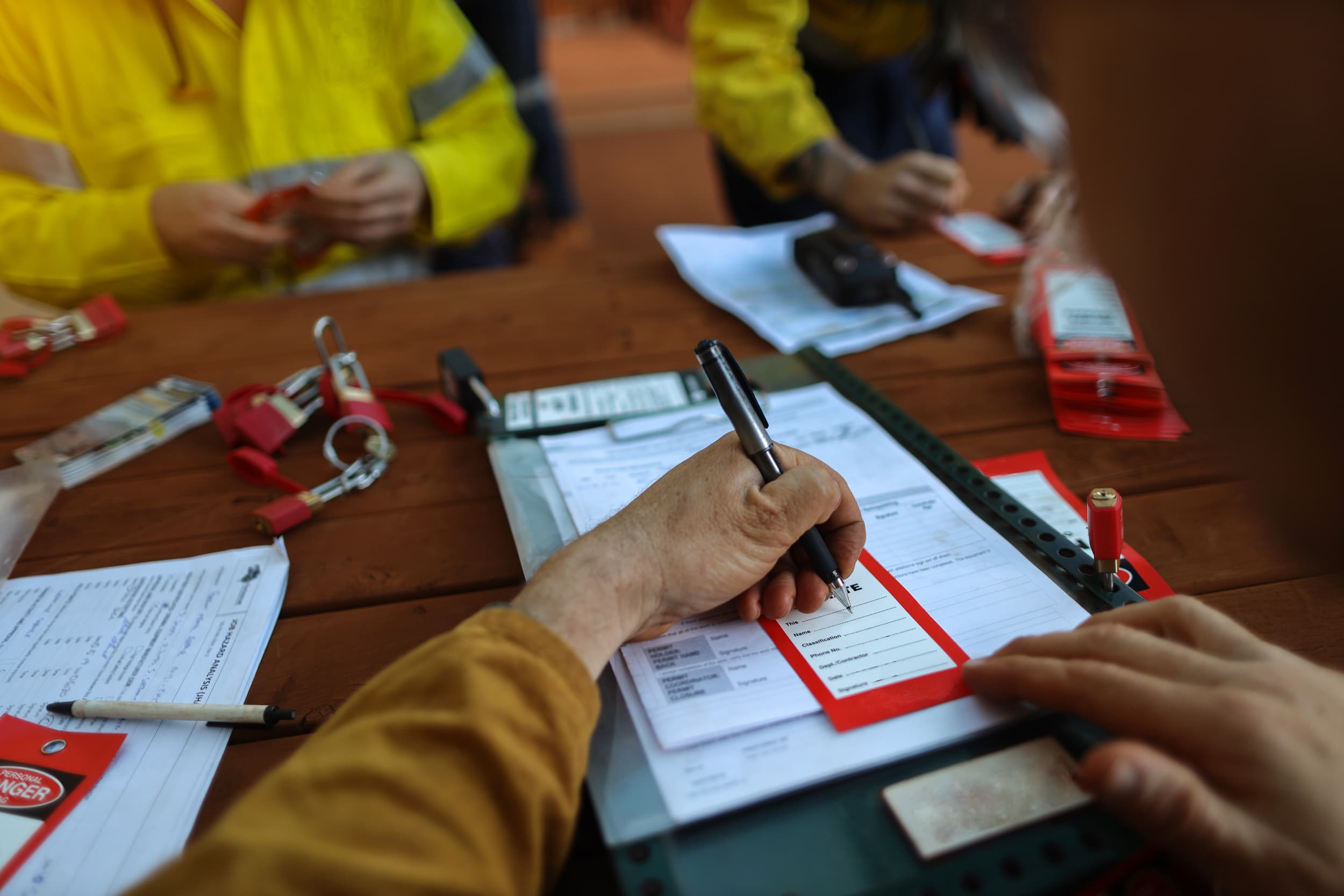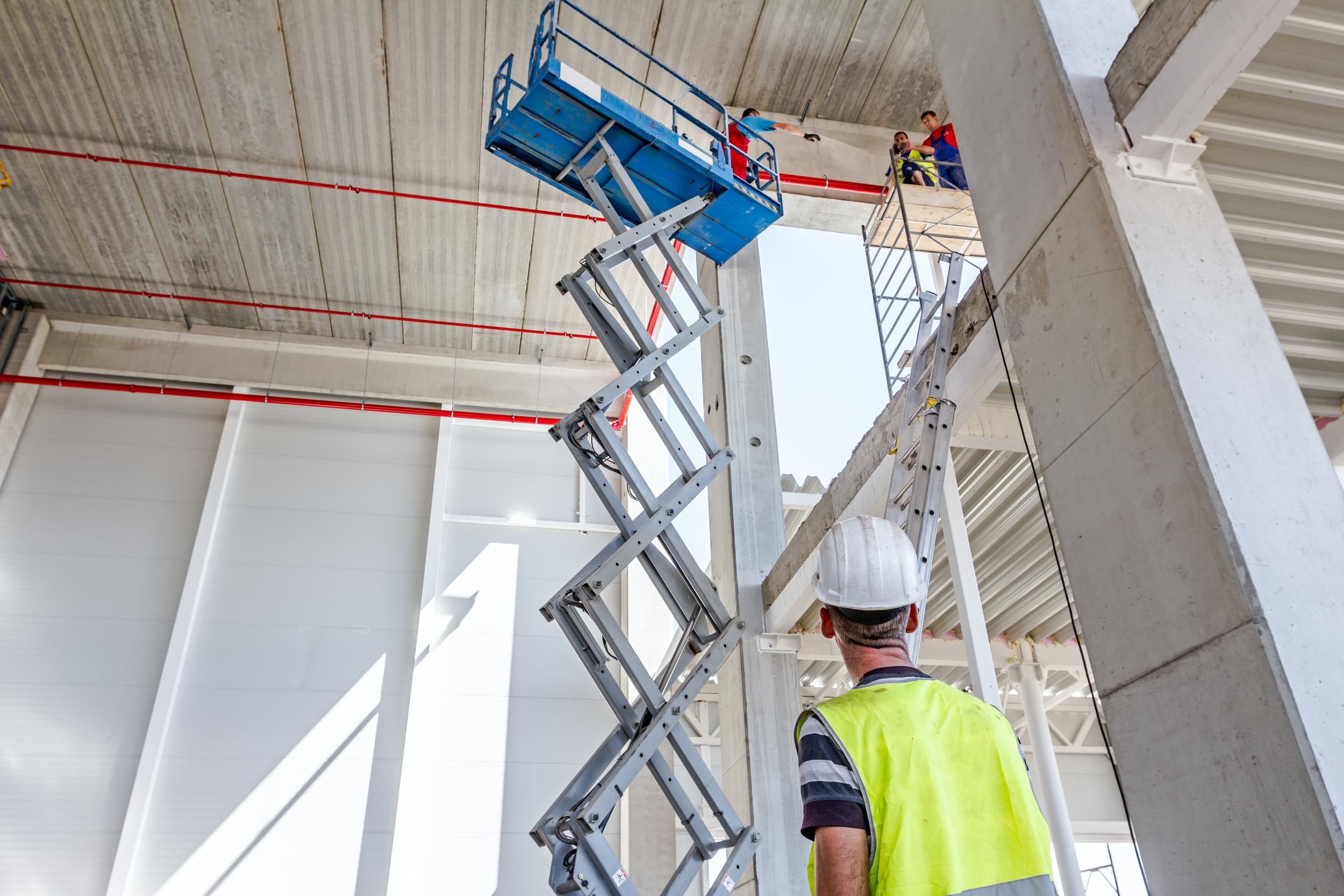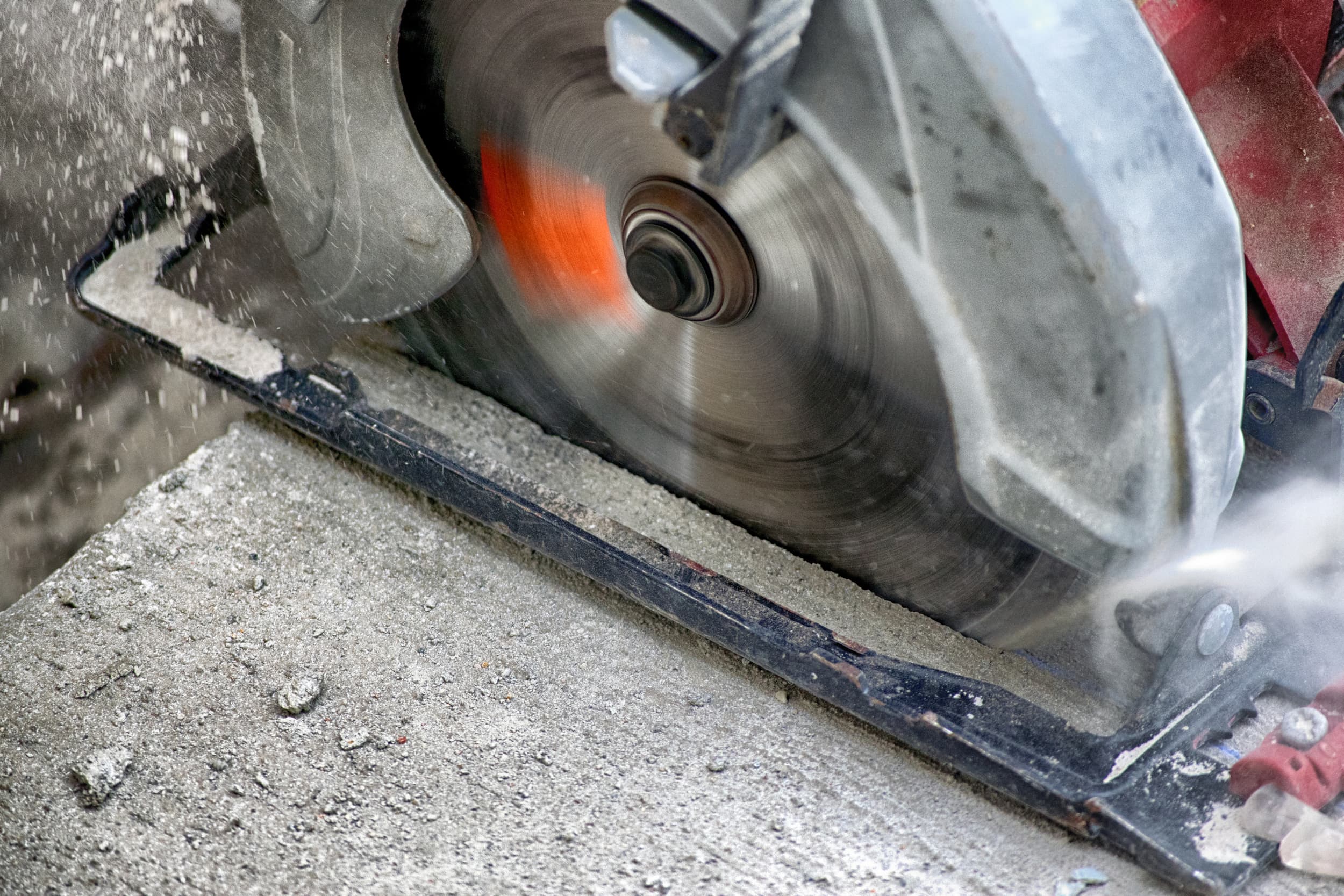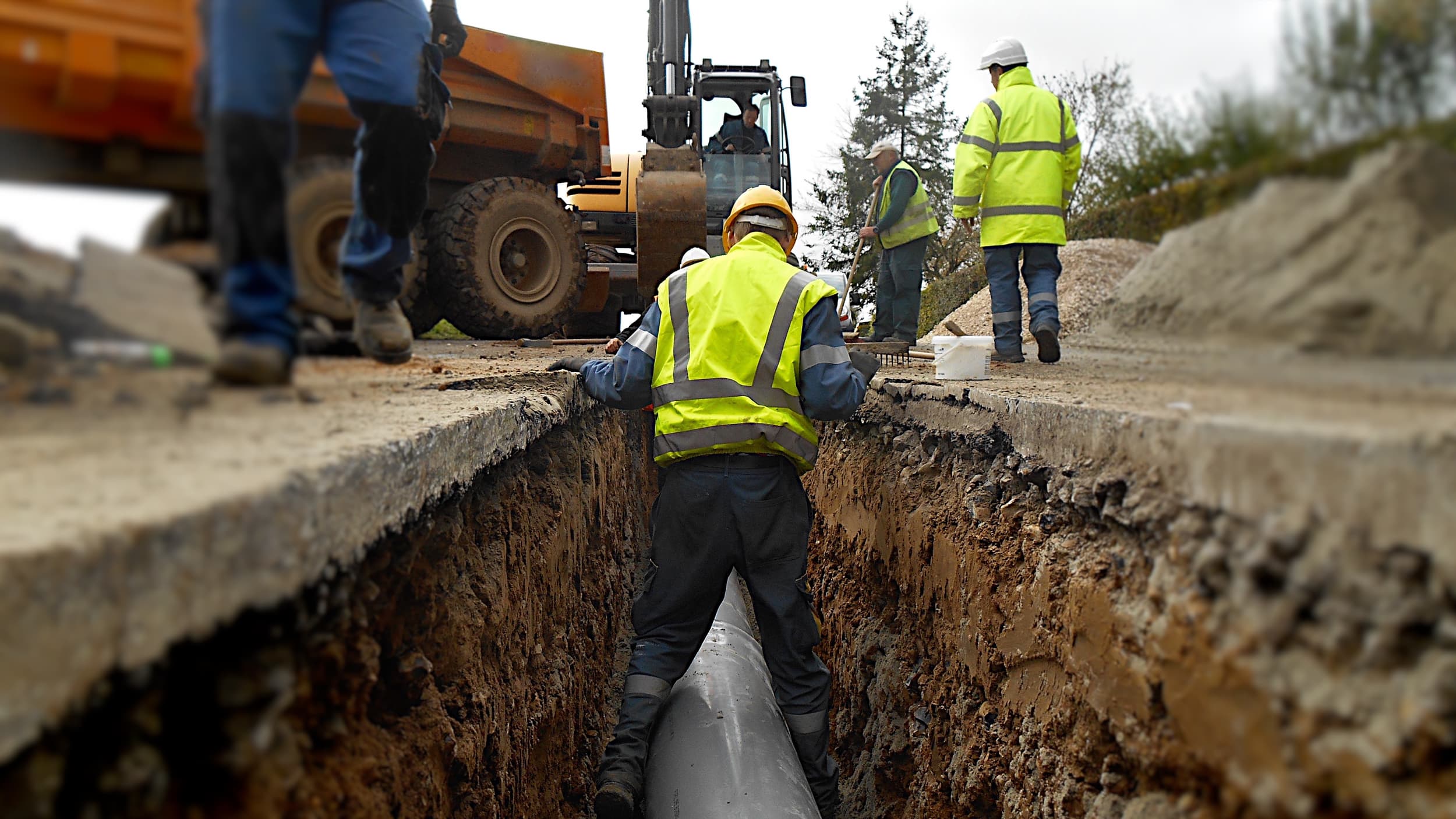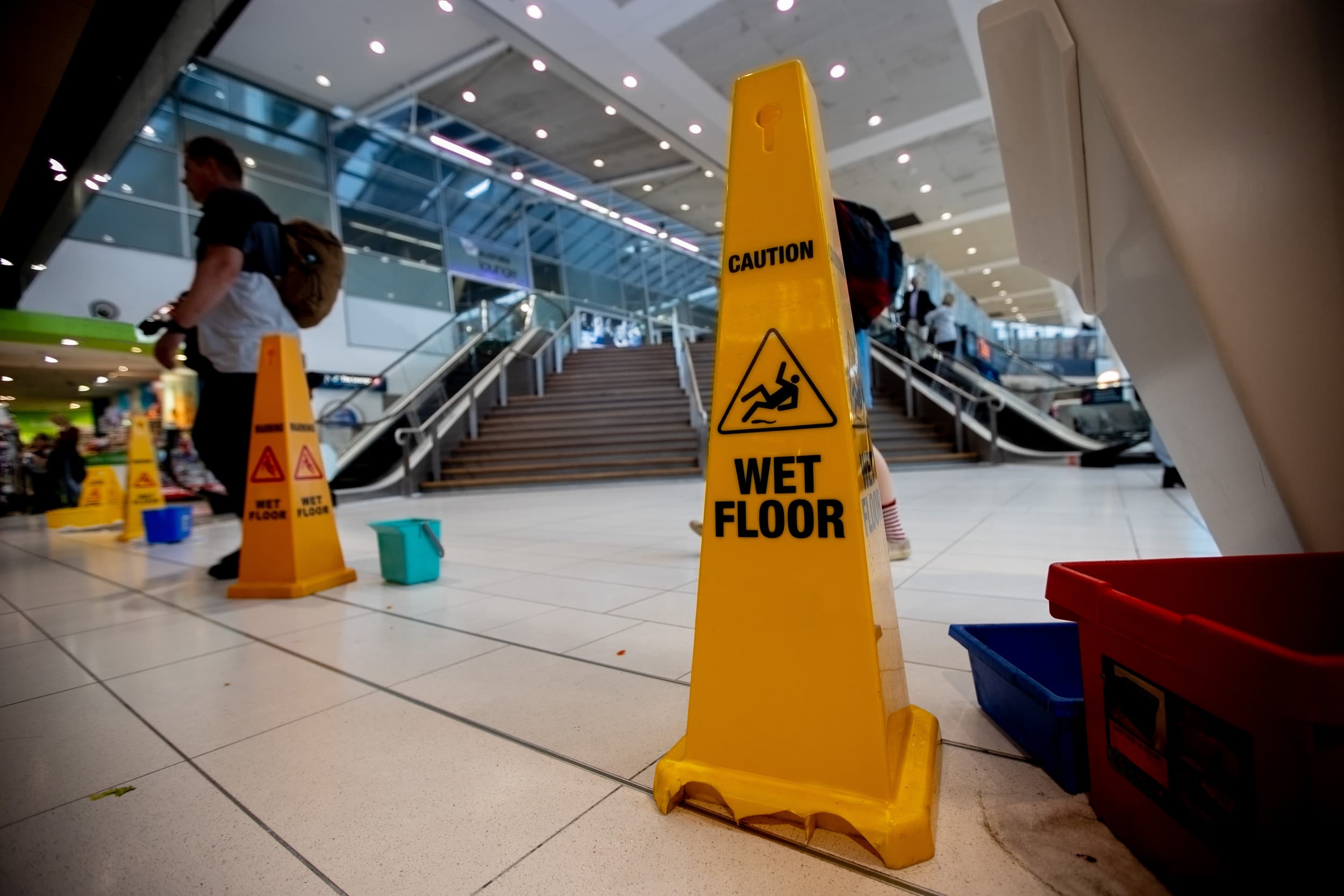Construction Fire Protection & Prevention
Online Training Certification Course
29 CFR 1926 Subpart F
From the highest rated and most trusted online training company - since 2008.
This fire safety training course details how to plan for a potential fire, how to prevent fires from happening, and how to respond if a fire breaks out. Course topics include applicable regulations, the necessary equipment to fight fires, extinguishing systems, storage standards, and risk assessment procedures.
Fire prevention and fire protection training are critical elements of a safe workplace. Emphasizing both prevention and protection ensures that all personnel understand how to protect against and prevent fires. This helps reduce the risk of injuries or fatalities caused by workplace fires and explosions.
This course is for:
This fire protection training online course instructs all employers and employees on how to control fire hazards and what to do should a fire occur in the workplace. This safety training may help prevent serious injury in the workplace and save lives.This online certification course meets the requirements set forth by OSHA, for fire protection and prevention safety training.
Case Study: In 1991, a fire broke out in a Hamlet, North Carolina, Imperial Food Products plant when a fryer ignited. The flames spread by way of the grease left on the building's floors. The building's sprinkler system failed leaving employees to struggle through billowing smoke in order to find the exits, only to find some of them locked. Overcome by carbon monoxide, the employees collapsed, their bodies in piles on the factory floor. Of the 81 employees present that day, 25 died and 40 were injured. Eighty years after the United States vowed to protect its workers after the horrific Triangle Shirtwaist Factory fire, the nation was left asking itself again, "How could something so tragic happen?" A 2017 book by Temple University professor Bryant Simon titled The Hamlet Fire: The Story of Cheap Food, Cheap Government, and Cheap Lives examines this question. Simon agrees that locked doors and lack of safety drills contributed to the loss of life. However, he suggests that much more was at work to cause such a tragedy: a lack of enforcement of regulations, the demand for cheap labor, a "culture of silence and intimidation" from workers and management, and a general trend in the United States of devaluing workers and their safety.
Key Takeaway: No worksite is immune from fire hazards. Implement and follow the safety policies set forth by OSHA.
Available languages: 100+ languages - translation provided by Google Translate (Select Language bottom of page)
Governing Regulations
The Occupational Safety and Health Act of 1970 created the Occupational Safety and Health Administration (OSHA). OSHA, an agency of the U.S. Department of Labor, is charged with the enforcement of safety and health conditions of workers through the use of regulations published in the Code of Federal Regulations. OSHA regulations are published in Title 29 of the Code of Federal Regulations. Part 1910 addresses general industry standards, while Part 1926 is designated for construction industry standards. Fire protection and prevention are addressed in 29 CFR 1926 Subpart F, as well as subparts of 29 CFR 1910.
What You'll Learn
- Introduction to Fire Protection and Prevention Safety Training
- Regulations
- Definitions and Key Terms
- Flammable vs. Combustible Liquids
- Fire Classifications
- Classifications of Firefighters
- Employer Responsibilities
- Fire Prevention
- Ignition Hazards
- Class A Combustibles
- Class B Combustibles
- Electrical Hazards
- Welding and Open Flame Work
- Portable Heaters and Other Temporary Heating Devices
- Office Fire Hazards
- Smoking
- General Housekeeping
- Fire Prevention Plans
- Emergency Action Plan
- Components of an Emergency Action Plan
- Fire Protection
- General Fire Protection Requirements
- Alarms
- Sprinkler Systems
- Standpipes
- Fixed Extinguishing Systems
- Fixed Extinguishing System Use, Maintenance, and Testing
- Training for Fixed Extinguishing System
- Temporary Buildings Fire Safety
- Outdoor Storage Fire Safety
- Indoor and Outdoor Storage Fire Safety
- Portable Equipment
- Fire Hoses and Connections
- Fire Extinguisher Basics
- Fire Extinguisher Classifications
- Air-Pressurized Water Extinguishers
- CO2 or Dry Chemical Carbon Dioxide Fire Extinguishers
- Multi-Purpose Dry Chemical Fire Extinguishers
- Class K Dry and Wet Chemical Extinguishers
- Reading a Fire Extinguisher Label
- Fire Extinguisher Regulations
- Using a Fire Extinguisher
- Additional Storage Standards (Flammable Liquids and Liquified Petroleum Gas)
- Flammable Liquid Flashpoints
- General Requirements for Indoor Storage of Flammable Liquids
- Indoor Storage of Flammable Liquids
- Outdoor Storage of Flammable Liquids
- Liquid Petroleum (LP) Gases
- Fire Response
- Reporting Emergencies
- Alarms
- Risk Assessment for Fire Extinguisher Use
- When to Stay
- When to Evacuate
- Exit Routes
- Employee Training and Rights
- Summary
- Additional Resources
- Exam
It will take a MINIMUM of 2 hours to complete this online course. The student may log on and off as needed. A bookmark will be set so when they log back in they will return to where they left off.
We have no restrictions on how long a person takes to complete a course. Likewise, if you are purchasing for others, we have no time limit on assigning courses, so you can purchase a larger quantity than you currently need and take advantage of volume discounts.
Employers are responsible for training new personnel before assigning them to tasks that may expose them to hazards such as fires in the workplace.
To ensure compliance with OSHA 29 CFR 1926.21 standards regarding fire safety, safety training must be conducted frequently enough to verify that employees are knowledgeable and skilled to plan for a potential fire, prevent fires from happening, and take response steps when a fire breaks out. This fire protection and fire prevention training course meets these training requirements.
Each student will receive 0.2 CEUs (or 2 CMEs) from Compliance Training Online® for completing this course.
David B
Construction Fire Protection & PreventionI think they are very helpful and resourceful. I’ve gained lots of knowledge and confidence using these courses.
THE BEST ONLINE TRAINING EXPERIENCE POSSIBLE
Fast
Your time is valuable. We've designed our site to be as fast as possible.
Easy to use
You'll never get lost or confused with us.
Immediate Access
There's no waiting period. Begin the course as soon as you sign up.
Anywhere Anytime
Internet connection and a computer, tablet, or smartphone.
Up to date
We update our courses as soon as new regulations come out.





